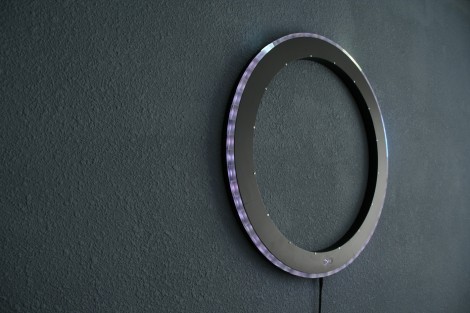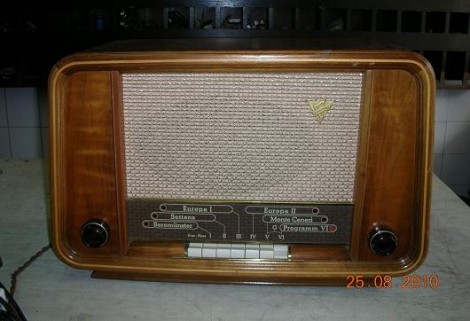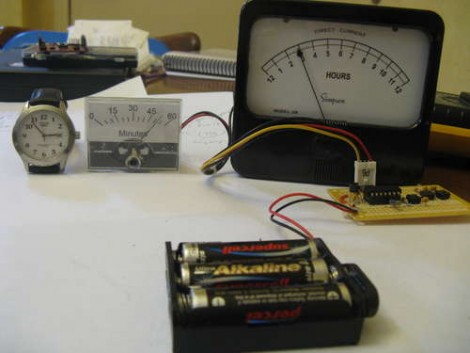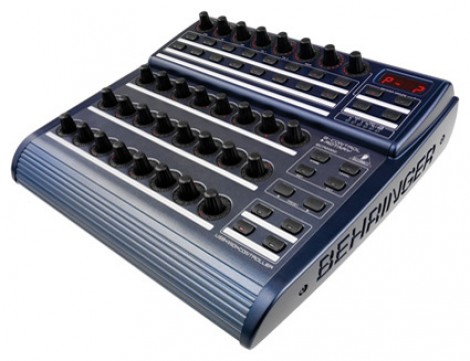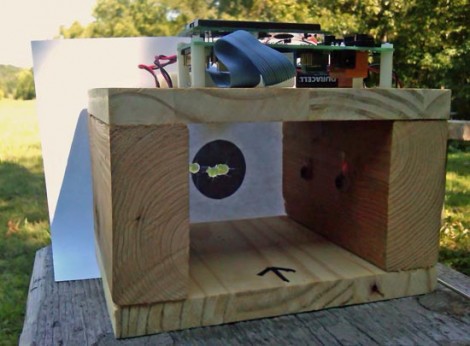
[Mike] built a sensor rig to measure projectile speed. The setup uses a tunnel with two sensors in it. Each consists of a laser diode on one side focused on a photodiode in the other. The two are monitored by an op amp and measured by an ATmega128 microcontroller. When the beams are broken the elapsed time between the two events is measured in order to calculate speed. There is a setting to adjust the calibration for a range of speeds, which came in quite handy as [Mike] initially tested the device with rubber bands before moving on to a pellet gun and then a rifle.
It seems like he’s tempting fate by shooting a target just a few inches below his exposed circuitry but his marksmanship prevailed. We’ve seen bullet speed detectors in the past, used just for the delight of seeing how fast the projectile is moving, and also to capture an impact at just the right instant.

